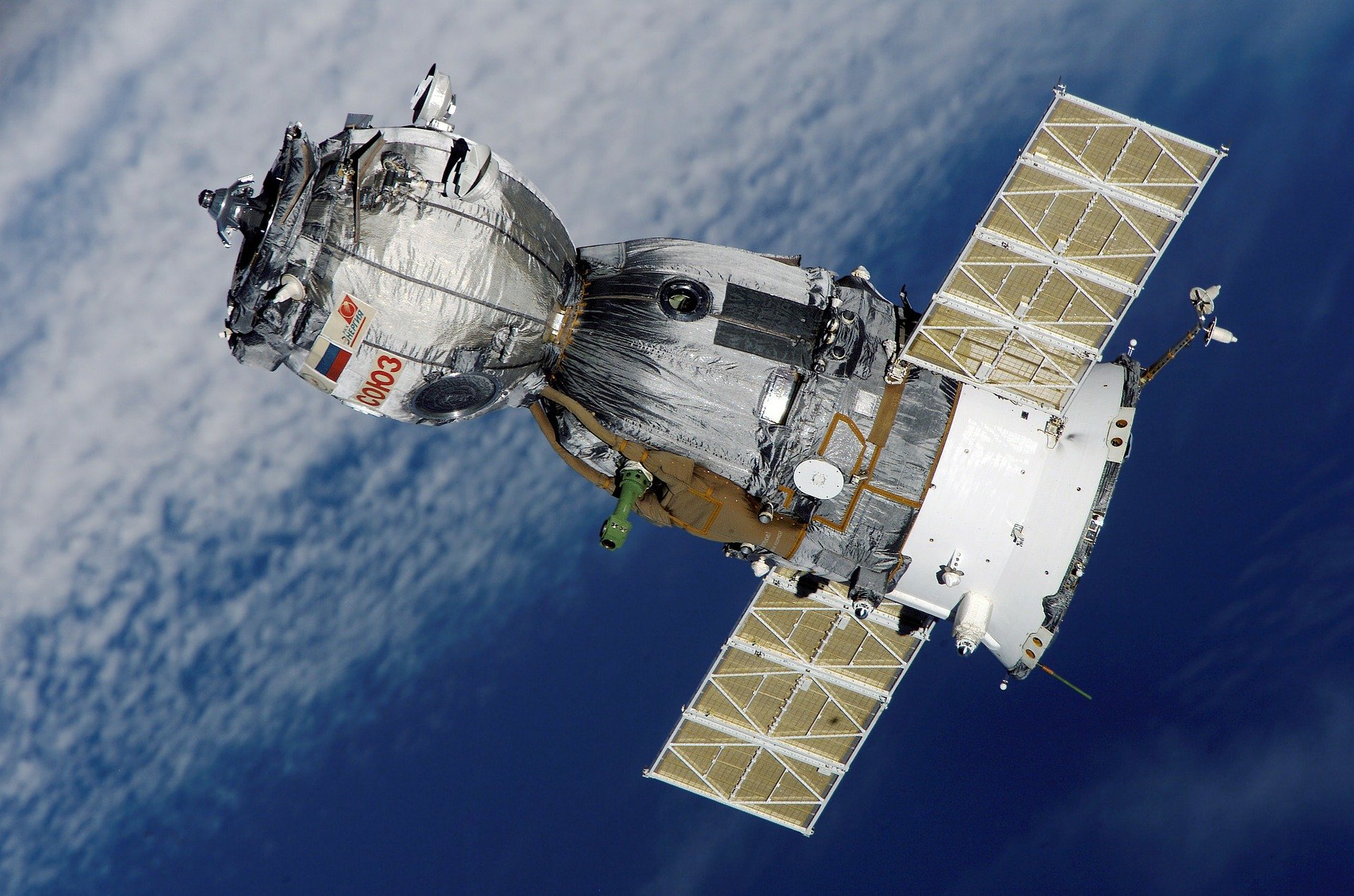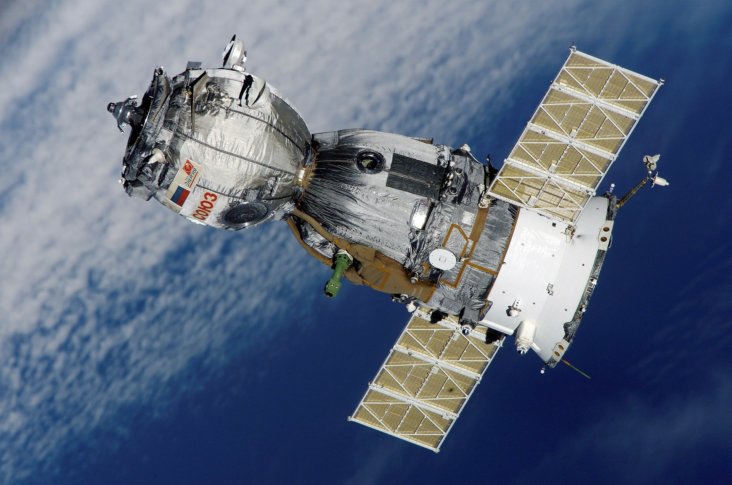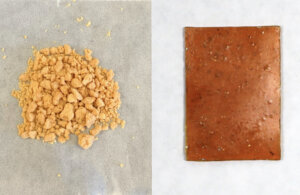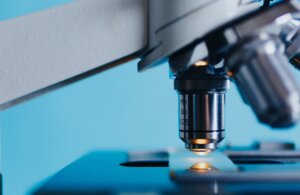Suspected plastics were successfully classified as plastics with an accuracy of 86%. (Credit: Nature.com)
According to an article on Nature.com, satellites collecting optical data offer a unique perspective from which to observe the problem of plastic litter in the marine environment, but few studies have successfully demonstrated their use for this purpose. For the first time, we show that patches of floating macroplastics are detectable in optical data acquired by the European Space Agency (ESA) Sentinel-2 satellites and, furthermore, are distinguishable from naturally occurring materials such as seaweed.










